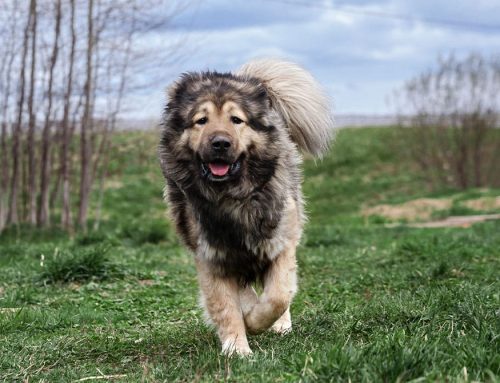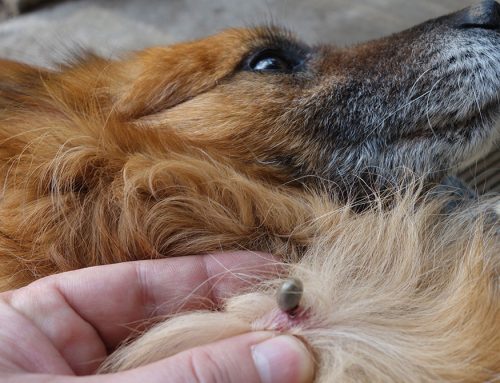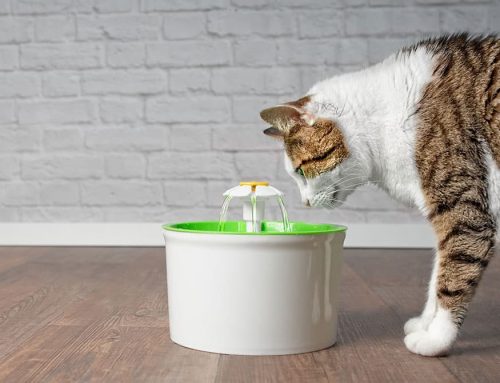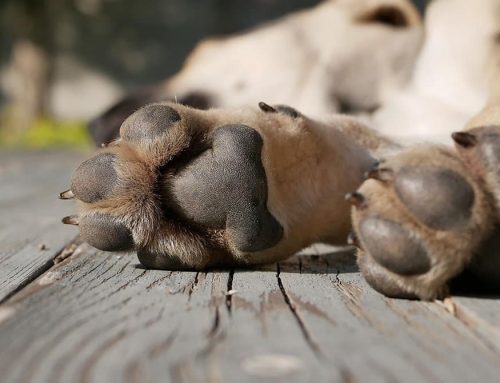What Happens If You Don’t Brush Your Pet’s Teeth?
Without daily brushing, bacteria will grow, plaque will build up, and calculus will form. This leads to bone loss, gum inflammation, pain, and infection. Additionally, it results in bad breath, or halitosis, which is often the first sign pet owners notice indicating the need for dental care.
What Is Halitosis?
Halitosis, also called bad breath, is an offensive odor emanating from the oral cavity. It’s a common pet odor complaint, primarily caused by periodontal disease from plaque buildup. As plaque ages and gingivitis progresses to periodontitis (bone loss), bacteria changes to more destructive types that produce hydrogen sulfide, causing bad breath.
Other Causes:
- Malodorous food
- Metabolic diseases (e.g., diabetes)
- Respiratory diseases
- Gastrointestinal issues
- Dermatologic issues
- Non-periodontal oral diseases
- Foreign bodies
How to Examine Your Pet’s Mouth
Before opening your pet’s mouth, check the face for swelling, particularly below the eyes, which can indicate an abscess from a broken upper tooth. Swelling on the nose may also point to fractures in the upper canines. Next, feel around the neck, under the ears, for any abnormal swelling due to infection or inflammation.
Gently pull back your pet’s lips to smell their breath. A foul odor usually means dental care is needed.
Check for:
- Reddening of the gums, which can signal inflammation, infection, or trauma.
- Fractures in the teeth, as broken teeth can lead to infections affecting vital organs.
- Loose teeth, which often indicate advanced periodontal disease.
- New growths in the mouth, which can be benign or cancerous.
Regular monthly oral exams can uncover hidden diseases. Any noted problems should be discussed with a veterinarian for appropriate treatment.
Routine Dental Care
Pets should be evaluated bi-annually by a veterinarian for wellness check ups. During these examinations, your veterinarian can determine if there is a need for a dental cleaning procedure, or if your pet has any teeth that need extraction. Routine dental cleanings include dental radiographs (x-rays) to examine the roots of the teeth, polishing/scaling the teeth to remove tartar and plaque, evaluation of the mouth for infection or abnormalities, and removal of any damaged teeth. Feline dental care is perhaps the most overlooked and under-treated area in small animal medicine. Cats and dogs are affected by many of the same dental problems, including gingivitis, periodontal diseases, fractured teeth, and oral growths. Cats are also plagued with tooth resorption.
How To Prevent Bad Breath
Dental Diets
There are several diets that are recommended to help slow down the accumulation of plaque
and tartar build up, as well as staining.
- Hill’s Science Diet offers “t/d” and “Oral Care” lines, both have formulas for cats and dogs.
- Royal Canin provides dental diets for various sizes of breeds.
Brushing Your Pet’s Teeth
Just like yourself, your pet should have their teeth brushed daily as well. HealthyMouth offers a variety of cat and dog toothpastes, water additives, and oral gels that help fight plaque and tartar build up. Check out their products here.
TropiClean Fresh Breath makes a large variety of water additives for both cats and dogs as well.
How To Brush Your Pet’s Teeth:
Pick an appropriate pet toothbrush.
- The ideal dog toothbrush will have a long handle, an angled head to better fit the mouth, and extra soft bristles.
- For dogs less than 30 pounds, a finger toothbrush that fits over the tip of your finger works well.
- For cats, there have been cases where the finger brush is accepted. Other recommendations are q-tips and gauze squares wrapped around your finger.
Select an appropriate toothpaste.
- The best pet toothpastes contain enzymes that help control plaque. Avoid toothpastes with baking soda, detergents, or salt that are sometimes found in human pastes.
- Place the toothpaste between the bristles as this allows the paste to spend the most time next to the teeth and gums.
- For cats, it is recommended to dip the q-tip in tuna juice, or something liquid that your cat enjoys to make for a more enjoyable experience.
Brush your pet’s teeth.
If you can start when they are young, it’s quite easy, but even older pets will accept the process. This is how we recommend desensitizing your pet to the toothbrush:
- Start slowly; you can use a damp washcloth or piece of gauze to wipe the teeth, front and back in the same manner you will eventually be using the toothbrush.
- Slowly tilt your pet’s head back and gently lift their lip, keeping the mouth closed. Gently rub the gauze on the area where the gum tissue touches the tooth. Only do this to a few teeth during the first few sessions, and work your way up to doing the whole mouth
- Praise your pet during the process and offer teeth-healthy treats as a reward.
- Do this twice daily for two weeks, or until your pet is familiar with the approach. Then take the pet toothbrush, soak it in warm water and start brushing daily for several days. When your pet accepts this brushing, add the pet toothpaste.
Most attention should be given to the outside of the upper teeth. The toothbrush bristles should be placed at the gum margin where the teeth and gums meet at a 45-degree angle. The movement should be in an oval pattern. Be sure to gently place the bristle ends into the area around the base of the tooth as well as into the space between the teeth. Complete ten short back and forth motions, then move the brush to a new location. Cover three to four teeth at a time
Dental Treats and Chews
Another option to help prevent plaque and tartar accumulation are through treats and chews. Many pets are food motivated, which makes dental chews and treats a fun way to help keep your pet’s teeth clean.
- Greenies provides a variety of crunchy treats and chews for cats and dogs.
- OraVet offers dental hygiene chews for dogs.
- Virbac also offers C.E.T. VEGGIDENT dental chews in a variety of formulas for dogs. The FR3SH formula is for dental and digestive health. Zen is for dental and mental health. Flex is formulated for dental and joint health.
By incorporating these routines, you can help maintain your pet’s oral health, preventing bad breath and serious dental issues. Regular brushing, professional dental care, and appropriate diets and treats will ensure your pet has fresh breath and a healthy mouth












